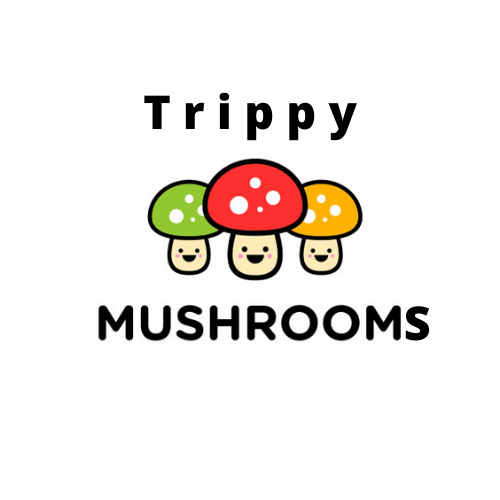Conocybe Canopus Shrooms
What is Conocybe Canopus Shrooms
Pholiotina cyanopus or Conocybe Canopus Shrooms is a type of parasite that contains psychoactive mixes, including psilocybin and the unprecedented aeruginascin. It was initially portrayed as Galerula cyanopus by American mycologist George Francis Atkinson in 1918.
It was moved to Conocybe by Robert Kühner in 1935, preceding being moved to Pholiotina by Rolf Singer in 1950. A 2013 sub-atomic phylogenetics study discovered it to have a place with a gathering of animal types at present relegated to Pholiotina that get more firmly identified with Galerella nigeriensis than to Pholiotina or Conocybe. Today shrooms like microdosing shrooms, conocybe canopus shrooms, etc are a great topic to discuss. So, let’s start-
Portrayal
Pholiotina cyanopus is a little saprotrophic mushroom with a conic to extensively smooth curved top and shaded ocher to cinnamon earthy colored. It is generally under 25 mm across, and the edge is striate, frequently with sinewy leftovers of the fractional shroud. The gills are adnate and close, shaded cinnamon earthy colored with whitish edges close to the side, obscuring in age. The spores are cinnamon earthy colored, smooth and ellipsoid with a germ pore, estimating 8 x 5 micrometers. The stem is soft and delicate, whitish at the base and coarse at best, 2–4 cm long, 1 to 1.5 mm thick, and is equivalent width for the more significant part of the length, frequently expanding at the base. The stem does not have an annulus (ring), and the bottom ordinarily recolors blue. The top shading helps when it dries, turning a tan shading.
Dissemination and living space
Pholiotina cyanopus develops in yards, fields, and green territories in mild zones of North America, Europe, and Asia. It tends to be found in Austria, Belgium, Canada, Denmark, Finland, France, Germany, Hungary, Latvia, the Netherlands, Norway, Poland, Russia, Sweden, Switzerland, Ukraine, and the United States. It has additionally got accounted for from the United Kingdom; however, these reports are dubious. Inside Canada, it has been found in British Columbia and Quebec.
Inside the United States, it was found in Colorado, Michigan, New York, Oregon, and Washington). Inside Russia, it has got noticed in the Sakha Republic and the Sikhote-Alin mountains. It is uncommon where it happens.
Edibility
Pholiotina cyanopus is psychedelic, containing psilocin, psilocybin, baeocystin, norbaeocystin, and aeruginascin. Paul Stamets expressed in 1996 that natural product groups of P. cyanopus have got found to include somewhere in the range of 0.33–1.01% (of dry weight) psilocybin, 0–0.007% psilocin, and 0.12–0.20% baeocystin. A later report found an assortment of P. cyanopus from Poland to contain 0.90±0.08% psilocybin, 0.17±0.01% psilocin, 0.16±0.01% baeocystin, 0.053±0.004% norbaeocystin, and 0.011±0.0007% aeruginascin.
Most mycologists suggest against eating this Magic mushrooms canada. It is so because it is difficult to confuse with savage toxic species, for example, pholiotina rugosa, Cortinarius gentilis, galerina marginata, or galerina padulosa.
